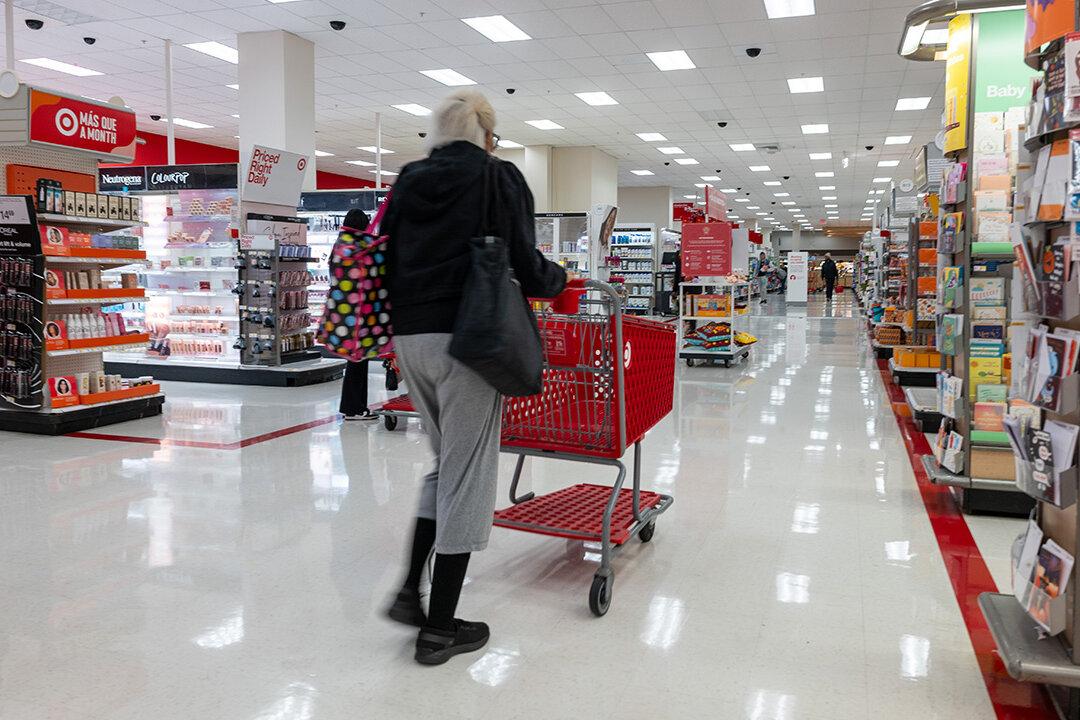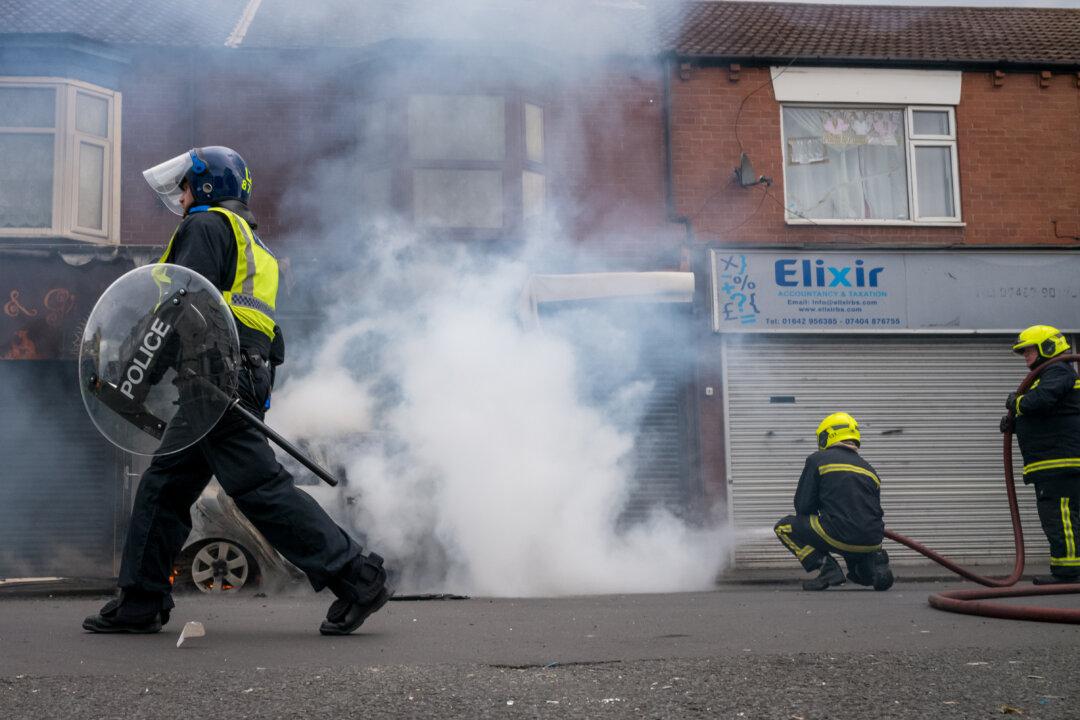The number of Canadian businesses directly impacted by crime and community safety issues has more than doubled in the past year—now at 46 percent—says Jairo Yunis of the Canadian Federation of Independent Business (CFIB).
Shoplifting specifically affects 61 percent of CFIB members surveyed, according to preliminary survey results Yunis shared with The Epoch Times. In Manitoba and Nova Scotia, that number jumps to almost 80 percent.
Vandalism, breaking and entering, and general crime and safety issues are also plaguing many businesses, Yunis said. The cost of security has risen and customer foot traffic has decreased, he said. But most pressing is the threat to the safety of workers and customers.
“Sometimes it comes across as businesses are really concerned about ... their bottom lines, but they are also concerned about the safety of customers and staff,” Yunis said. “It’s really impacting them. It’s really stressful for them because they don’t know what to do. Sometimes police are not responsive and they don’t have the tools to deal with this.”
Seventy percent of survey respondents say they fear for the safety of staff and customers, he said.
Karla Ahlqvist, owner of Wildlife Thrift store on Vancouver’s Granville strip, says she has spent $300,000 on security in the past three years.
“The majority of the $300,000 is to pay for a security guard so the staff feels safe enough to come to work,” she told The Epoch Times in an Aug. 28 email. “Often when shoplifters are confronted they become violent and act out,” she added.
He has invested in security cameras and called the police so often he has a close relationship with them. He has found police responsive, but has also found it necessary to take matters into his own hands at times. Arnold said he once had a knife pulled on him outside his shop.
About 60 percent of business owners told CFIB they are not satisfied with the response of law enforcement. Many have stopped calling police because response time is too long, reporting the crime is time-consuming, and 83 percent don’t think it will make a difference.
Police have difficulty responding to retail calls, as they are often stretched thin and focused on emergency calls, said Art Stannard, acting chief of the Winnipeg Police Service.
Manitoba’s Crime Wave, Police Response
Stannard welcomed a $1.16 million investment from the Manitoba government to fight retail and violent crime in Winnipeg. With the help of that funding, police have stepped up their presence around shops, particularly downtown.“We are absolutely seeing a reduction in incidents,” said Brian Sharfstein, owner of Canadian Footwear in downtown Winnipeg, in the release. “These officers that we’re seeing are bringing trust and confidence to the people working in the area and the general public. I’ve heard from other business owners, and they are also very pleased with what they’re seeing.”
The Manitoba government also offers a rebate of $300 for retailers to enhance safety and security.
Manitoba has seen a sharp increase in crime generally in the past decade. StatCan’s recent crime report shows the total crime rate in Manitoba increased 33 percent since 2013. The only higher jumps were in New Brunswick (37 percent) and Nunavut (73 percent).
When Shoplifting Began to Spike
StatCan’s crime report shows the rate of shoplifting was fairly steady from 2000 to 2014 (about 230 to 260 incidents per 100,000 population), after which it began to climb.There was a particularly high spike in 2018 (337 per 100,000) and into 2019 (373 per 100,000). During the pandemic, the numbers returned to lower levels (about 240 per 100,000), but rose rapidly again in 2022 to 329 per 100,000. The rate in 2023 was 387 per 100,000.
Yunis said shoplifting and safety issues are piling on top of other challenges for businesses right now, “whether it’s higher interest rates or inflation or lower demand.”







